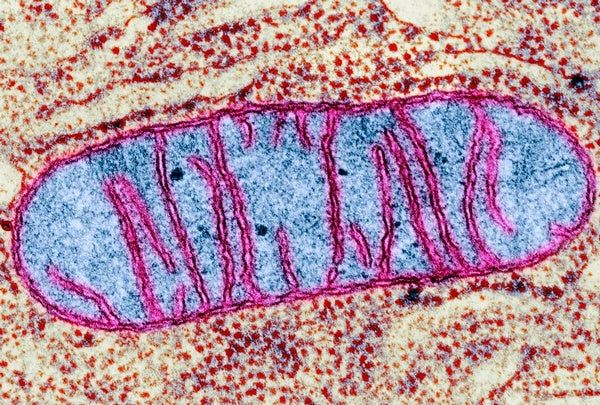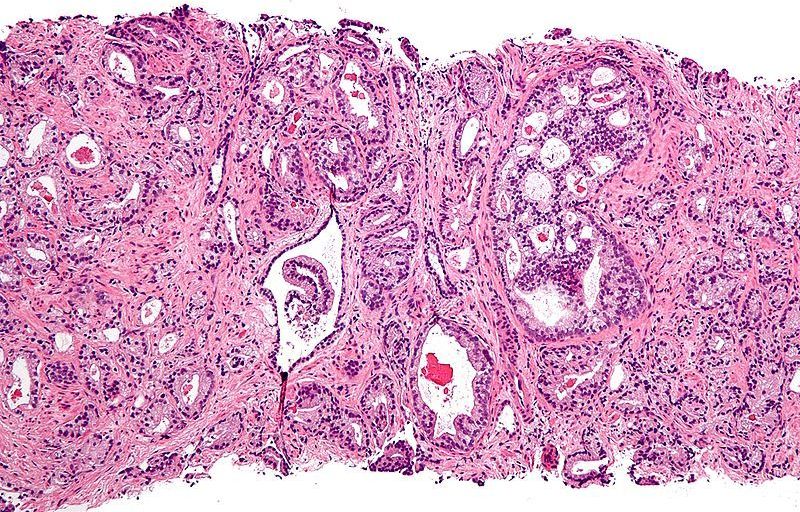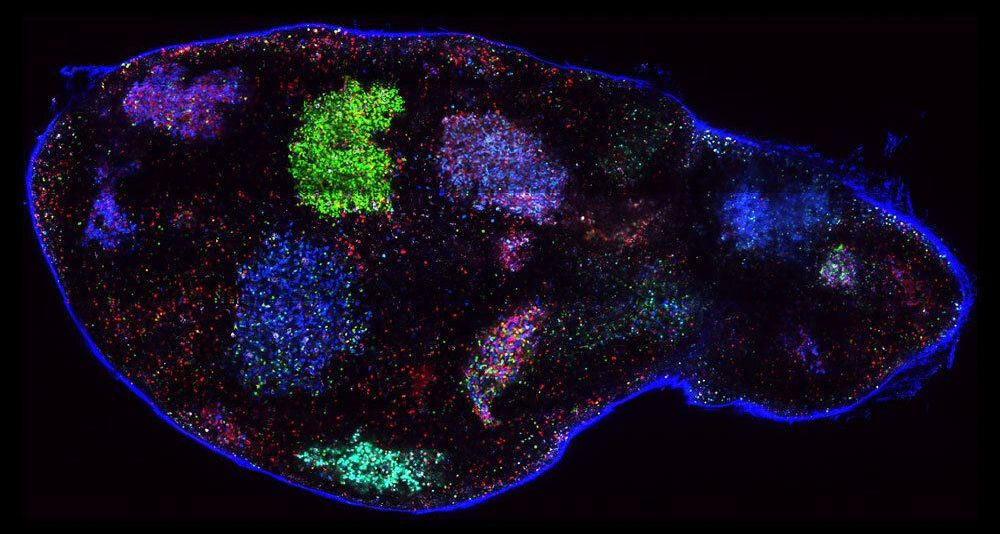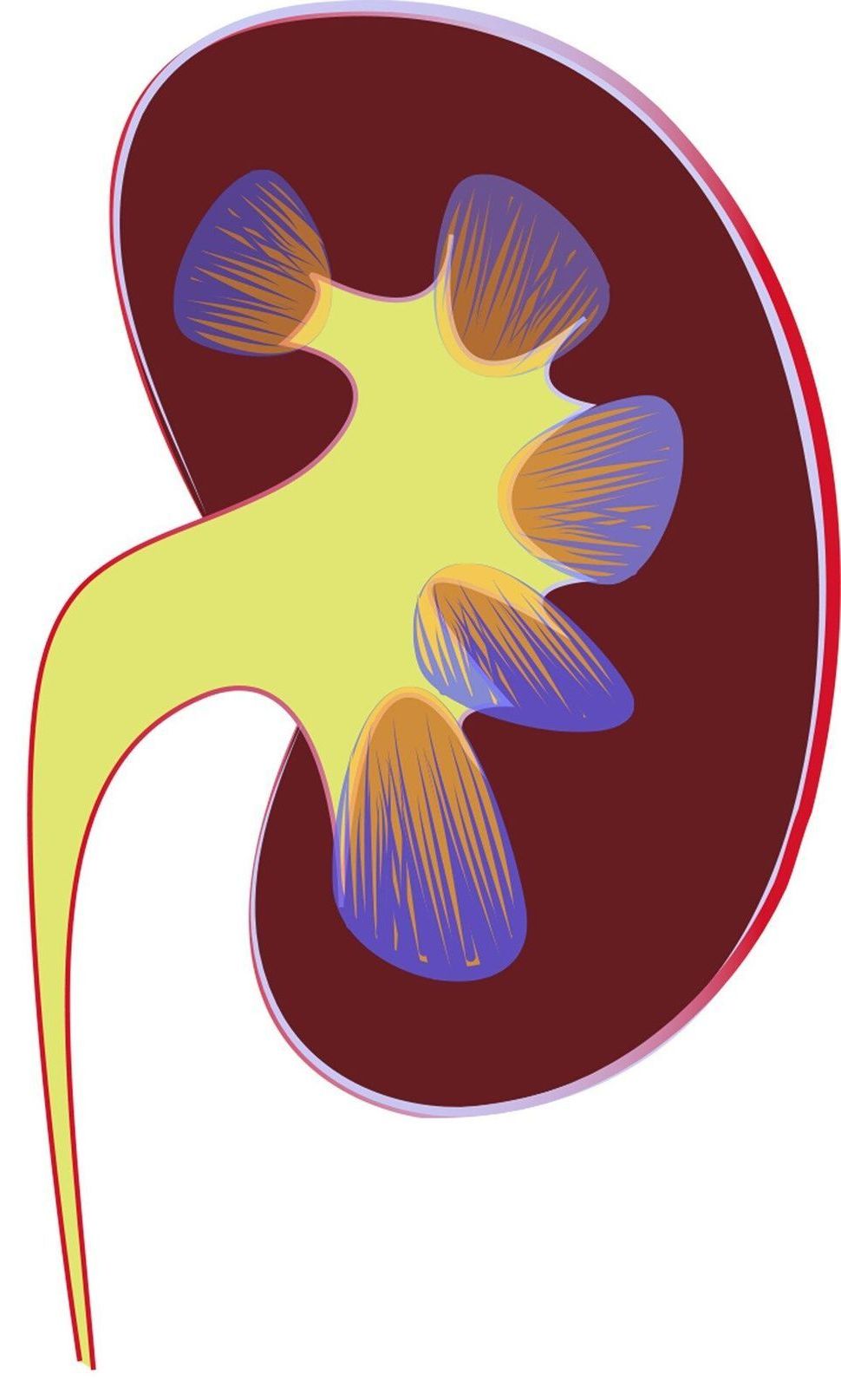Last November, CHIPSA Hospital hosted a unique, first-of-its-kind event celebrating the lives of 22 late stage cancer survivors who, according to doctors, shouldn’t even be alive. Surrounded by world-renowned doctors, scientists, and researchers, these patients shared their inspiring stories of how they healed their terminal disease when conventional treatment had failed them.
CHIPSA is not an ordinary hospital. For one, we take patients who are typically told they have no other treatment options left. We then offer those patients innovative immunotherapies that aren’t available anywhere in the United States.
Our collaborative event highlighted the patients who have benefited from those types of therapies, featuring people on all ends of the treatment spectrum: the researchers who developed them, the doctors who administered them, and the patients who received them.






